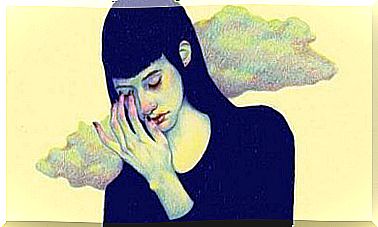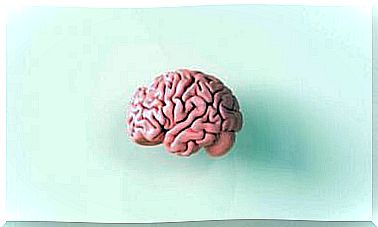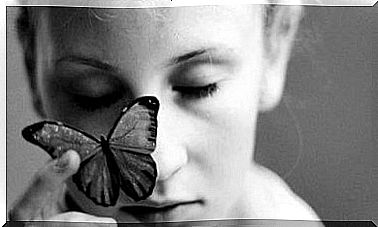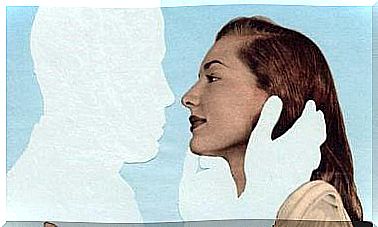Conversion Disorder And La Belle Indifférence

Conversion disorder, or La Belle Indifférence, is a functional disorder, but the symptoms are physical, almost as if it were an organic disease.
Somatic symptom disorders are derivatives of hysterical neurosis. Conversion disorder is a symptomatology in which the body’s functions can be impaired, and above all all this happens without physical harm nor as part of an actual disorder.
Somatic symptoms, such as conversion disorders, should not be confused with psychosomatic disorders, due to the fact that the former has known pathophysiological processes when psychological factors are present.

Clinical characteristics of conversion disorder
Conversion disorder basically means loss of any bodily function. Because of this, one can find patients who have suddenly become blind, lost their voice, got a paralyzed limb, or even very sore headaches. But nothing can explain these things. So why do they occur?
Conversion disorder manifests itself in histrionic personalities. A histrionic personality tends to show affection, superficiality, emotional lability, addiction and selfishness. What is most notable is that this type of personality is much more sensitive to somatization disorders.
A characteristic of conversion disorder is the so-called la belle indifférence , which means that patients do not worry about the symptoms they experience.
Let’s say you wake up one day and your arm is paralyzed. This will worry you, you will analyze the situation, you will consult a doctor, and you will feel anxious about it. This is normal. But this does not happen in patients with conversion disorder. They seem indifferent to their shame.
The symptoms of conversion disorder can vary. Common symptoms are blindness, deafness, paralysis, failing voice and complete or partial loss of sensitivity.
The symptoms most often manifest in adolescents and young adults. They can also manifest in childhood, especially in children under the age of 10, and are limited to difficulty walking and seizures.
Women are more likely to suffer from this condition. Patients with low socioeconomic status, less mental development, or low level of education have a worse prognosis, just like women under the age of 40 who come from rural homes.
The symptoms tend to disappear after a few days with or without treatment. If a person has to deal with another stressful event, the symptoms are likely to recur. Therefore, it is a chronic disorder.

Explanation and treatment
In most cases, a stressful event can trigger the disorder. Sometimes the symptoms can be related to the problems that caused them. For example, there are patients who feel pain in the same place as they have seen another person injure themselves during an accident. It can also be a way to get attention and love.
A good prognosis depends on identifying the stressful event, a good premorbid function, the absence of other mental or physical disorders, the absence of legal procedures, and a short symptomological period.
Cognitive behavioral therapy is used to help patients reduce their anxiety levels and manage stress. Several techniques such as hypnosis and relaxation can help. In the same way , psychodynamic therapy helps to solve underlying intrapsychic problems.









